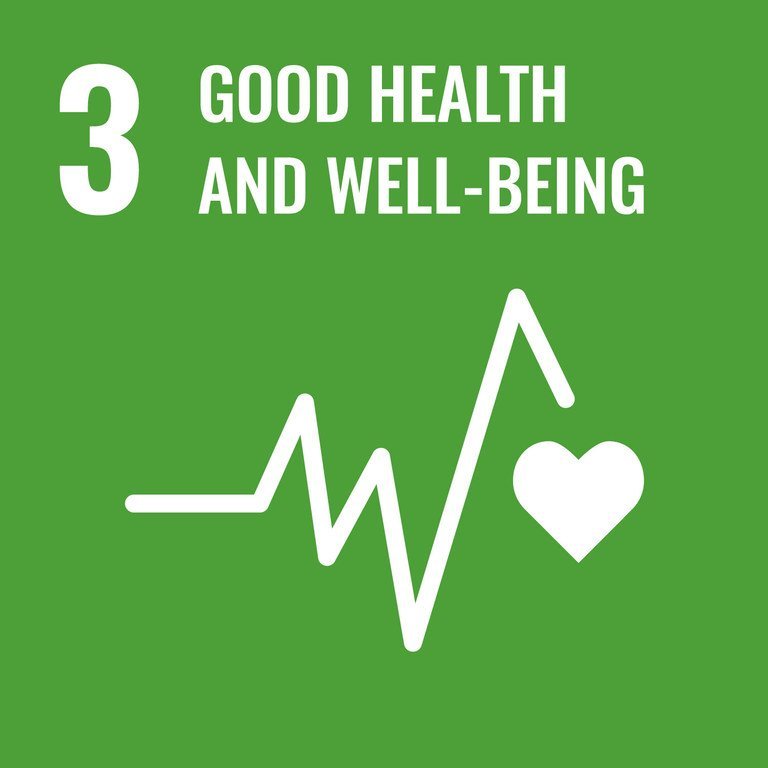[ad_1]
“The obligatory carrying of security belts, in addition to helmets for two-wheelers, and elevated political dedication to highway security, performed a decisive function within the discount of highway deaths all through Europe from the Nineteen Seventies onwards,” mentioned Jean Todt, UN Special Envoy for Road Safety.
Utilizing security belts by front-seat passengers reduces the chance of deadly accidents by 45 to 50 per cent and the chance of demise and critical accidents amongst back-seat occupants by 25 per cent, in response to the World Well being Group (WHO).
UN regulation saving lives
Technical specs of seat belt use and set up stem from UN Regulation No. 16, which entered into power in 1970. Within the following years, a rising variety of nations launched laws to make the usage of seat belts in automobiles obligatory.
At the moment, 105 nations have seat belt legal guidelines aligned with finest practices, in response to the newest WHO Global Status Report on Road Safety.
Decline in highway fatalities
Seat belts stay the finest automobile security system to guard passengers from being severely injured in a crash or being ejected from the automobile, in response to the UN Financial Fee for Europe (UNECE), which hosts the Particular Envoy’s workplace and the UN Street Security Belief Fund, launched in 2018.
Over the previous a number of many years regulation and client demand have led to more and more secure automobiles in increased earnings nations, in flip resulting in fewer highway fatalities, in response to UNECE.
For instance, in Europe, complete highway fatalities decreased by 15 per cent in between 2000 and 2010, and by 15 per cent between 2010 and 2019. Specifically, this drop was extra important amongst automotive occupants, UNECE mentioned.
In line with the Worldwide Transport Discussion board Street Security Annual Report 2022, the interval between 2010 and 2019 noticed a marked drop within the variety of automotive occupant highway deaths in developed nations, particularly in Greece, the place fatalities dropped by 63 per cent, and within the Republic of Korea, the place they fell by 51 per cent.

United Nations
SDG 3: Goal 3.6 goals at halving the variety of international deaths and accidents from highway site visitors accidents by 2030.
The report famous that reductions of fatalities by greater than 30 per cent have been recorded in one other 13 nations: Argentina, Australia, Belgium, Denmark, Eire, Luxembourg, Lithuania, Portugal, Slovenia, Spain, Sweden, and Switzerland.
Buckle up elsewhere
Nonetheless, too many nations around the globe nonetheless must enact applicable laws requiring drivers and passengers to put on seat belts and to implement stricter compliance, in response to UNECE.
Some 1.35 million individuals nonetheless die on the roads yearly.
A complete of 93 per cent of vehicular deaths happen in creating nations.
“We now should work with governments and all related trade stakeholders to be certain that individuals within the creating world take pleasure in the identical stage of security as these in developed nations,” the Particular Envoy mentioned.
Which means adopting and imposing legal guidelines in keeping with worldwide requirements and offering entry to automobiles, each new and used, with appropriately fitted seat belts, he mentioned.
Custodian of crashworthiness
UN Regulation No. 16 is the solely broadly internationally acknowledged requirement for seat belt use in automobiles. It defines the necessities an efficient seat belt should adjust to and exams for his or her certification to maintain all occupants secure, from youngsters to aged individuals.
The UN regulation requires a seat belt to hold an approval mark on the buckle tongue, whereas different fashions should show an encircled capital letter E adopted by a quantity that represents the nation whose licensed authority granted its approval.
Seat belts permitted in response to Regulation No. 16 are examined below probably the most extreme circumstances to endure ageing and to operate along with different security programs, together with airbags, as a part of the whole automobile crashworthiness.
At the moment, 52 nations have joined the 1958 Settlement on Harmonized Technical UN Laws for Wheeled Autos, which apply Regulation No. 16 as nationwide legislation. A number of different nations worldwide are additionally making use of this regulation with sure modifications.
Other than seat belts, UN rules to guard automobile passengers and different highway customers embody airbags, digital stability management, pedestrian safety, and little one restraint anchorage factors.
Learn the way the UN helps to save lots of lives in low and middle-income nations here.
Buckling down on security
Since UN Regulation No. 16 entered into power on 1 December 1970 and began a drive in the direction of bettering highway security, listed below are a few of the nations that joined the race to save lots of lives:
🚗 France in 1973
🚗 Spain in 1974
🚗 Netherlands, Norway, and Sweden in 1975
🚗 Germany in 1976
🚗 Canada (Ontario) in 1976
🚗 Portugal in 1978
🚗 Switzerland in 1981
🚗 United Kingdom in 1983
🚗 Poland in 1983
🚗 United States (New York) in 1984
🚗 Russia in 1987
🚗 Italy in 1988
🚗 China in 1993
[ad_2]

